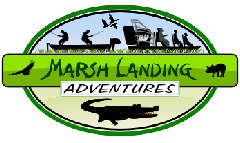Did you know…strange animal facts
Lets dive into something a little bit different. I'm always looking for something to learn about that's out of the ordinary, and I think I found some interesting information about the wonderful world of wildlife. ** The bumps on alligators are called Scutes, they are hard bone that protect them. They are covered with them, from head to tail. ** Elephants are the only animal that can't jump, the bones in elephant legs are all pointed downwards, which means they don’t have the “spring” required to push off the ground. ** A sloth takes 2 weeks to digest their food. ** Octopuses have 3 hearts, Two of the hearts work exclusively to move blood to the animal’s...

